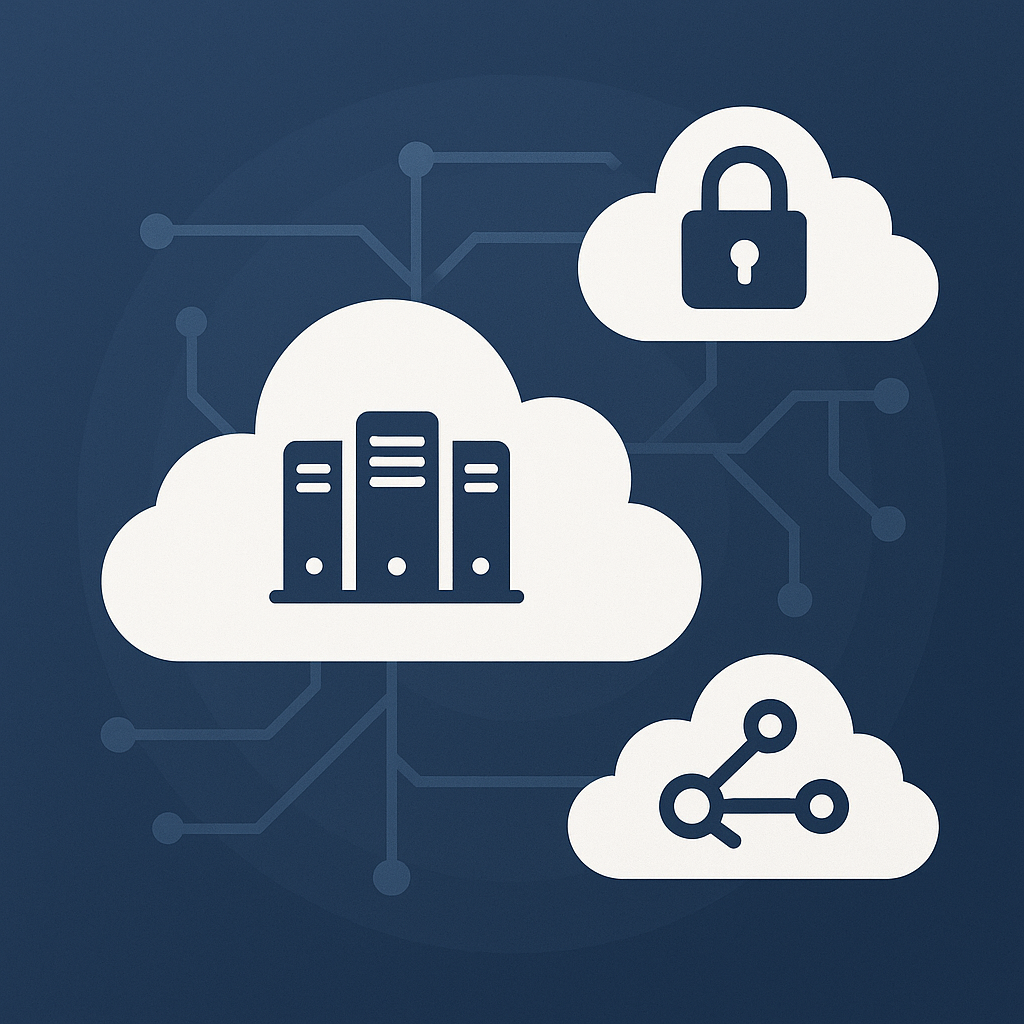The Wisdom of Crowds for Software Teams

This Christmas break was very fruitful for me. I had a really good holiday which i am able to refresh and I was able to read some books which i had been in my mind last few months. The Wisdom of Crowds by James Surowiecki is one of them. The book is built around one powerful idea. When an ordinary group is set up in the right way, its combined judgment can be better than the judgment of a single expert or even a small team of experts. At first, this feels surprising, because many of us assume the best decisions usually come from the experts on that topic. But Surowiecki shows that, under the right conditions, a mixed group of people can be surprisingly accurate.



